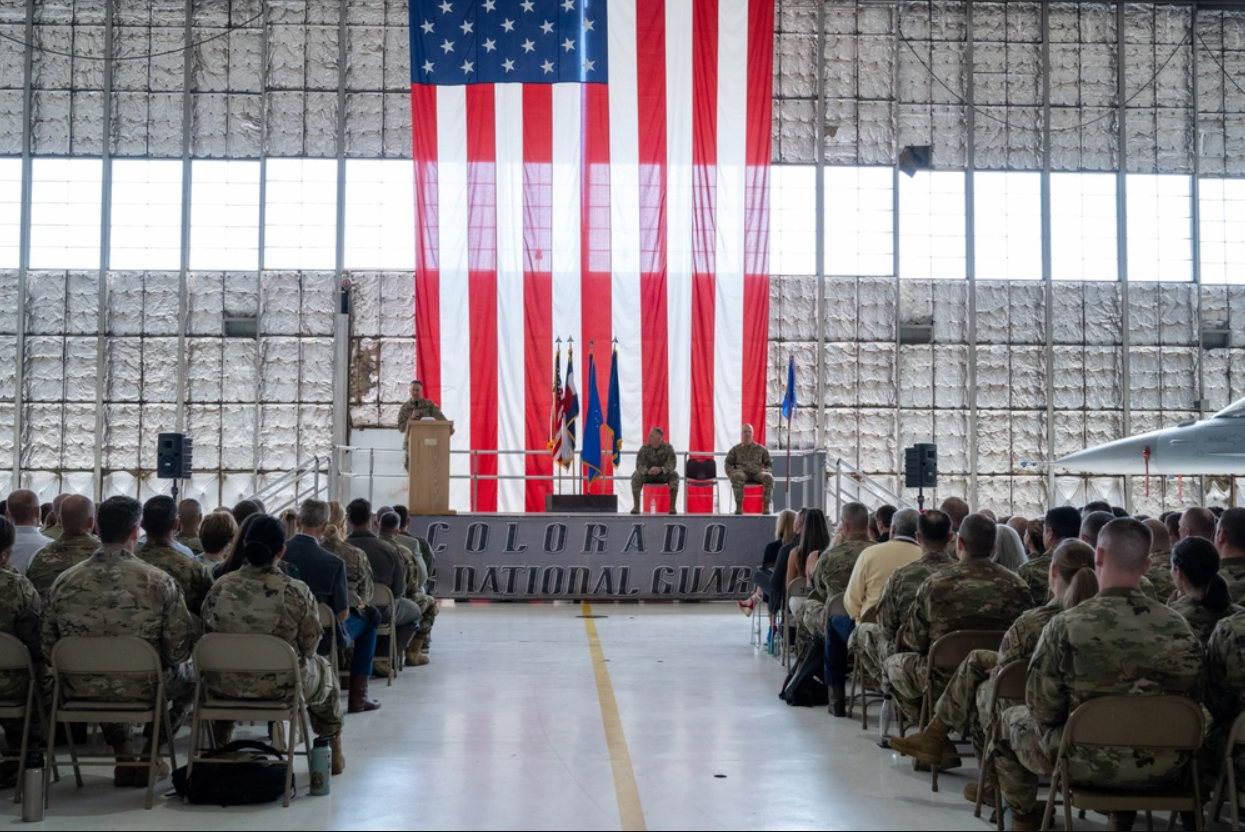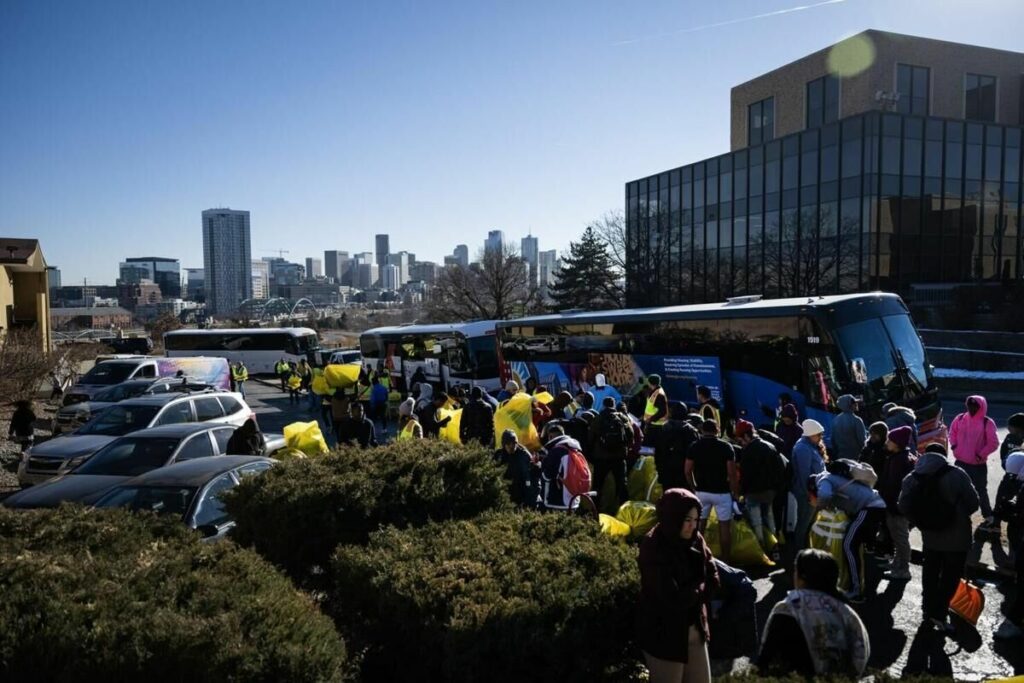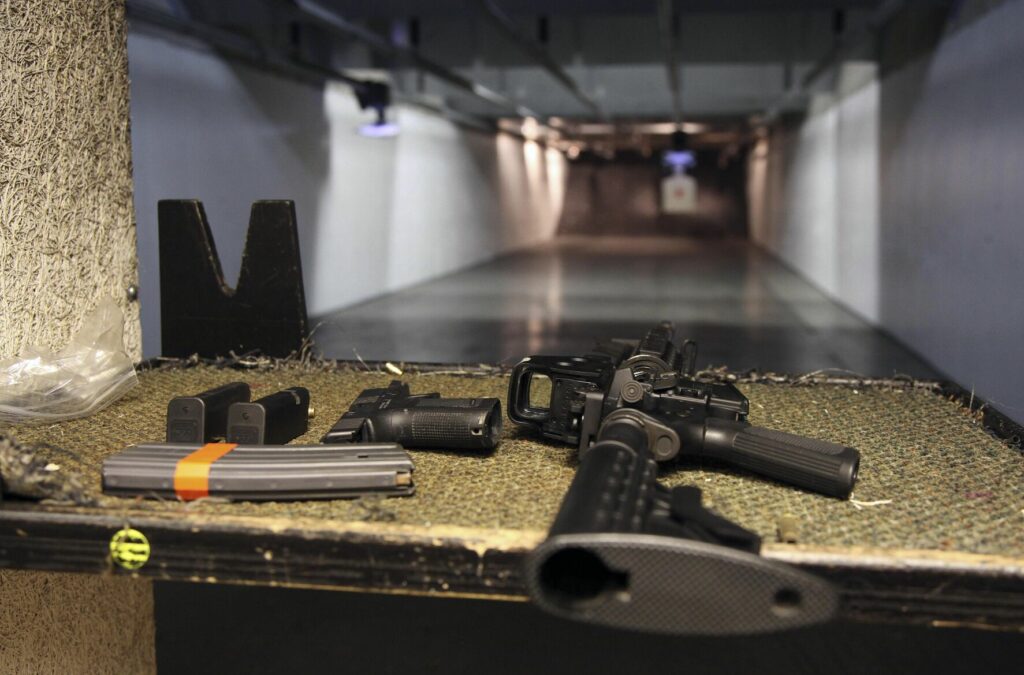A bipartisan boost for Buckley Space Force Base | Colorado Springs Gazette

The Gazette reported some encouraging news this week for Colorado’s cornerstone of the U.S. Space Force – Buckley Space Force Base in Aurora. Congress could upgrade Buckley’s aging but strategically critical fighter wing, assuring its continued role in U.S. national security as well as in bolstering Colorado’s economy well into the future.
Although the Space Force is America’s newest service branch, and Buckley is on its leading edge, the Air National Guard’s 140th Wing long stationed at the base has some of the oldest F-16s in the Air Force. Despite the wing’s unquestionable importance to the nation’s defense – its planes and pilots have been deployed in U.S. military actions around the globe – modernizing the fleet is essential to continued support for the wing from Washington.
As The Gazette reported Monday, lawmakers in both parties from several states, including Colorado, are backing legislation in the U.S. Senate and House that would require the replacement of Air National Guard fighter planes by 2034 and the preservation of the Guard’s 25 fighter squadrons. That includes Buckley’s.
Stay up to speed: Sign-up for daily opinion in your inbox Monday-Friday
U.S. Sen. John Hickenlooper, D-Colo, U.S. Rep Jason Crow, D-Aurora, and U.S. Rep. Doug Lamborn, R-Colorado Springs, are all helping advance the effort. The legislation is part of the National Defense Authorization Act, which must be passed each year to fund the military.
Lamborn says the legislation not only will sustain the wing and Buckley but will also protect numerous jobs associated with the wing that, in turn, support the North American Aerospace Defense Command headquartered at Peterson Space Force Base in Colorado Springs.
In other words, the bill is extremely consequential for Colorado.
“I want to make sure that Buckley remains a viable National Guard air asset,” Lamborn said.
Crow issued a press statement pointing out the Guard is responsible for 30% of the Air Force’s air power, yet its planes are 28 years old on average.
“We simply can’t afford continued divestment,” Crow said.
The F-16s based at Buckley were built in the 1980s. One option for their replacement is state-of-the-art F-35s. Other options include newer, more advanced versions of F-16s, and F-15EXs, which are designed to carry tens of thousands of pounds of weapons. Any of those alternatives would assure the fighter wing’s viability well into the future.
The base’s fighters and their skilled and seasoned Air National Guard pilots are regularly rotated abroad and have been deployed in combat operations including in the Middle East. The wing also would be among the first to scramble into action in the event of an attack on U.S. territory.
The 140th’s operations represent only one way that Buckley serves our nation’s defense. As its Space Force affiliation implies, Buckley is also a linchpin in our military’s network of satellites. It operates reconnaissance satellites that detect missile or spacecraft launches and nuclear explosions around the globe. That helps coordinate American military operations abroad and also defends our home turf against a strategic nuclear attack.
Buckley adds mightily to the economic lifeblood of Aurora, Colorado’s third largest city, and the surrounding metro area. It supports 3,500 active-duty members from every military service, 4,000 National Guard personnel and reservists, four commonwealth international partners, 2,400 civilians, 2,500 contractors, and approximately 88,000 retirees, veterans and dependents combined. It all adds some $1.3 billion annually to the local and statewide economy.
We welcome word of bipartisan cooperation by our state’s congressional delegation in securing the future of the 140th – for Colorado and for our nation’s defense.
Colorado Springs Gazette Editorial Board













